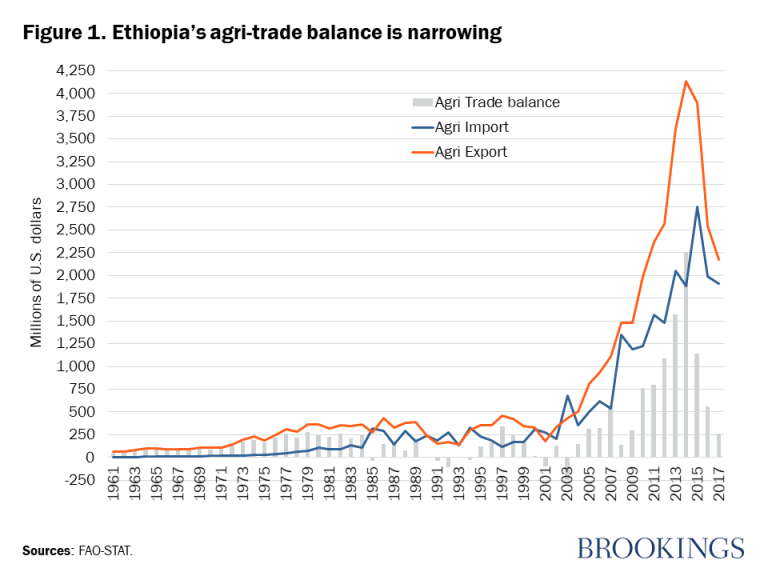
Ethiopia’s lack of agricultural development causing increasing food imports versus exports and ongoing poor rains are contributing to a worsening food crisis through much of the country. The Ethiopian blockade continues to prevent significant food transport to Tigray and distribution within the regional state. Food insecurity in Tigray and Ethiopia will not improve in 2022.
The Famine Early Warnings Systems Network outlook for Ethiopia and Tigray through May 2022 sees no significant improvement in the food supply crisis. Tigray will remain in famine, most of Eastern Ethiopia will be in an emergency or crisis state.
Ethiopia’s high government budget deficit spending billions of dollars for weapons and focus on war with a concomitant lack of attention to food production in addition to environmental factors is contributing to the food security crisis in areas other than Tigray.
Displacement of millions, inflation of food prices, and reduced income for selling livestock in Ethiopia will contribute significantly to food insecurity. Extremely poor rainfall in most of the region over the past two years has resulted in significant livestock death and limitations on the normal migration patterns of pastoralists.

A Brookings Institute analysis suggested Ethiopia had been slow to develop the agricultural industry which makes up the most of the Ethiopian economic output. Whereas in the past food exports had contributed to acquiring foreign currency necessary to buy necessary import now there is much less available extra production in excess of domestic needs. The country exports mostly raw products without processing to create added value, has poor financing, transport, marketing, and commercialization on an industrial scale.


